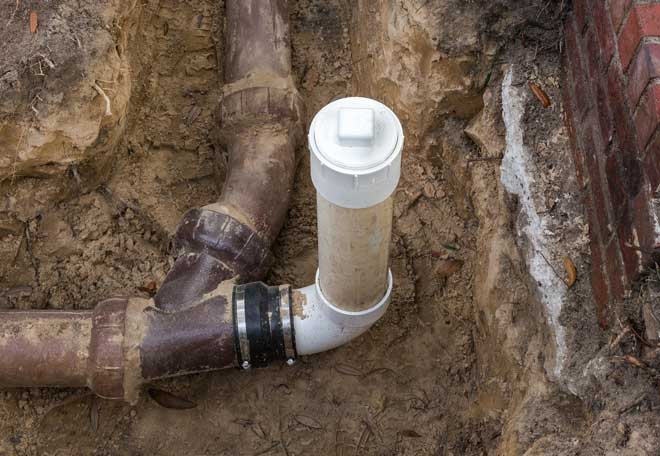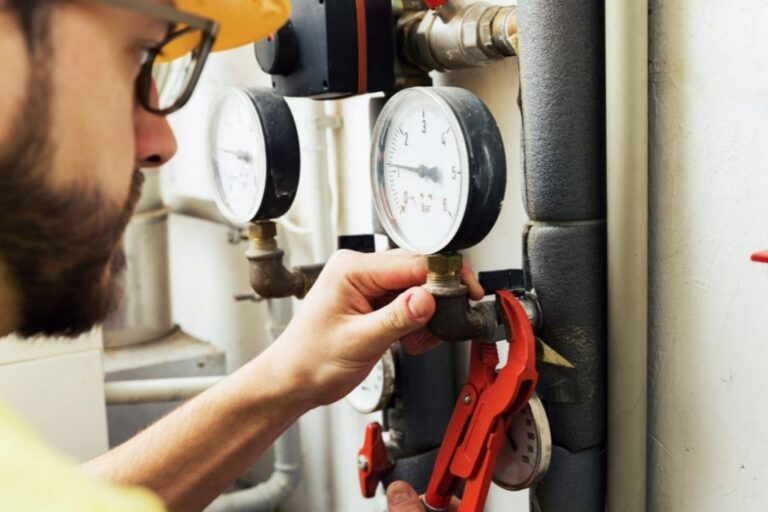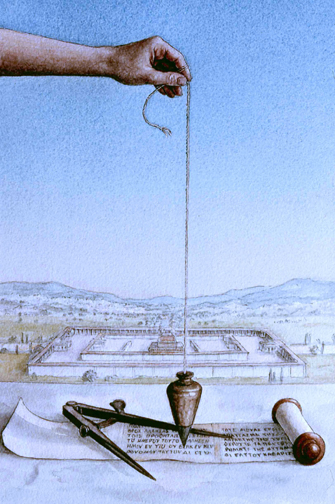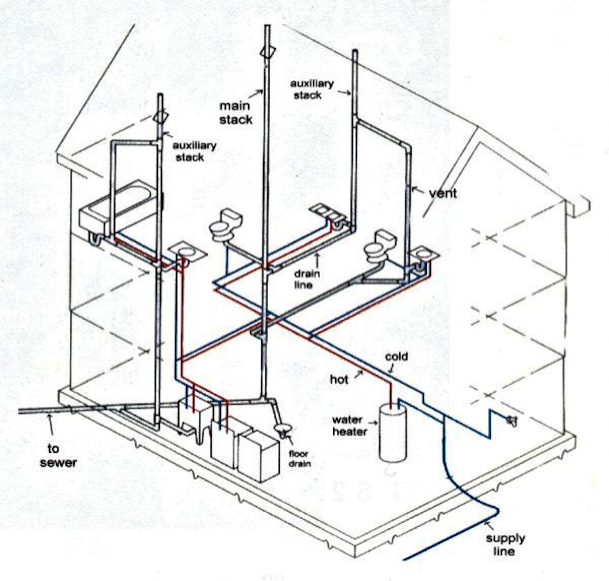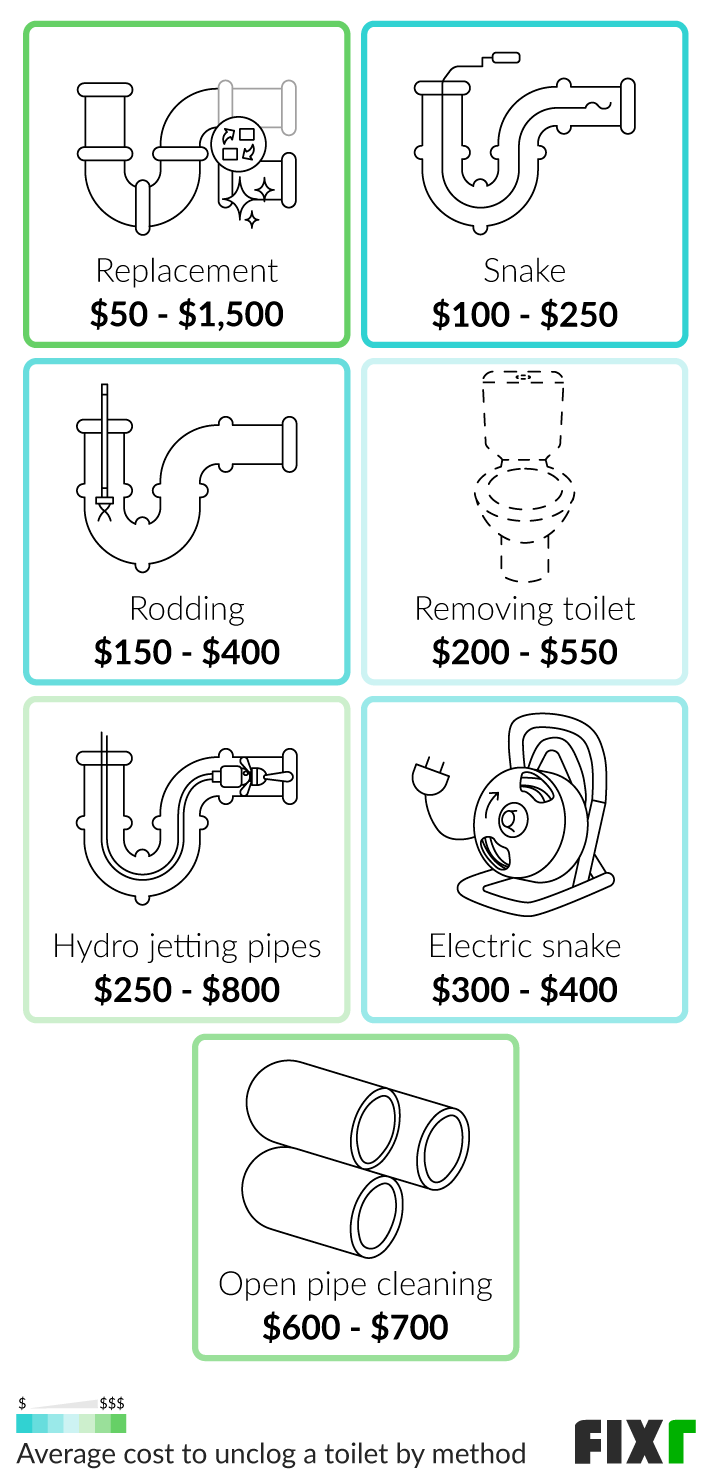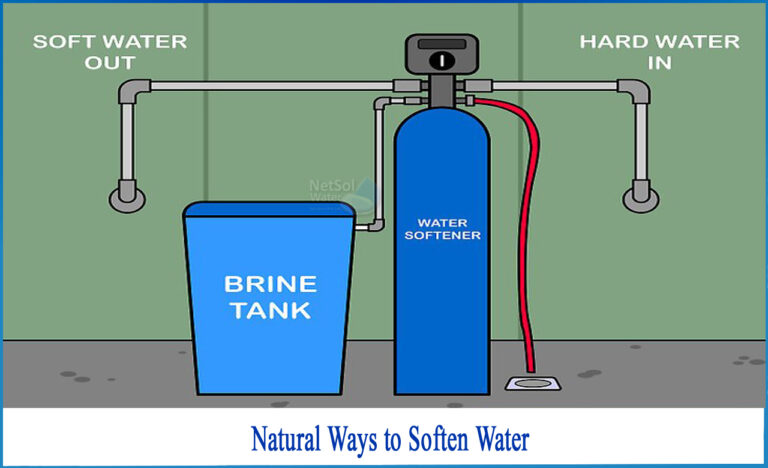What Is A Plumbing Cleanout?
A plumbing cleanout is a type of plumbing fitting designed to provide access to a clogged or blocked drain. Cleanouts are typically used to clear out debris from the drain lines, allowing water to flow freely. They are usually located near the main water source, such as a water heater or at the end of an interior wall. Plumbing cleanouts are usually made of PVC or ABS plastic and are connected to the main sewer line using an adapter. Cleanouts can be accessed through an access door or cap that can be opened with a wrench.
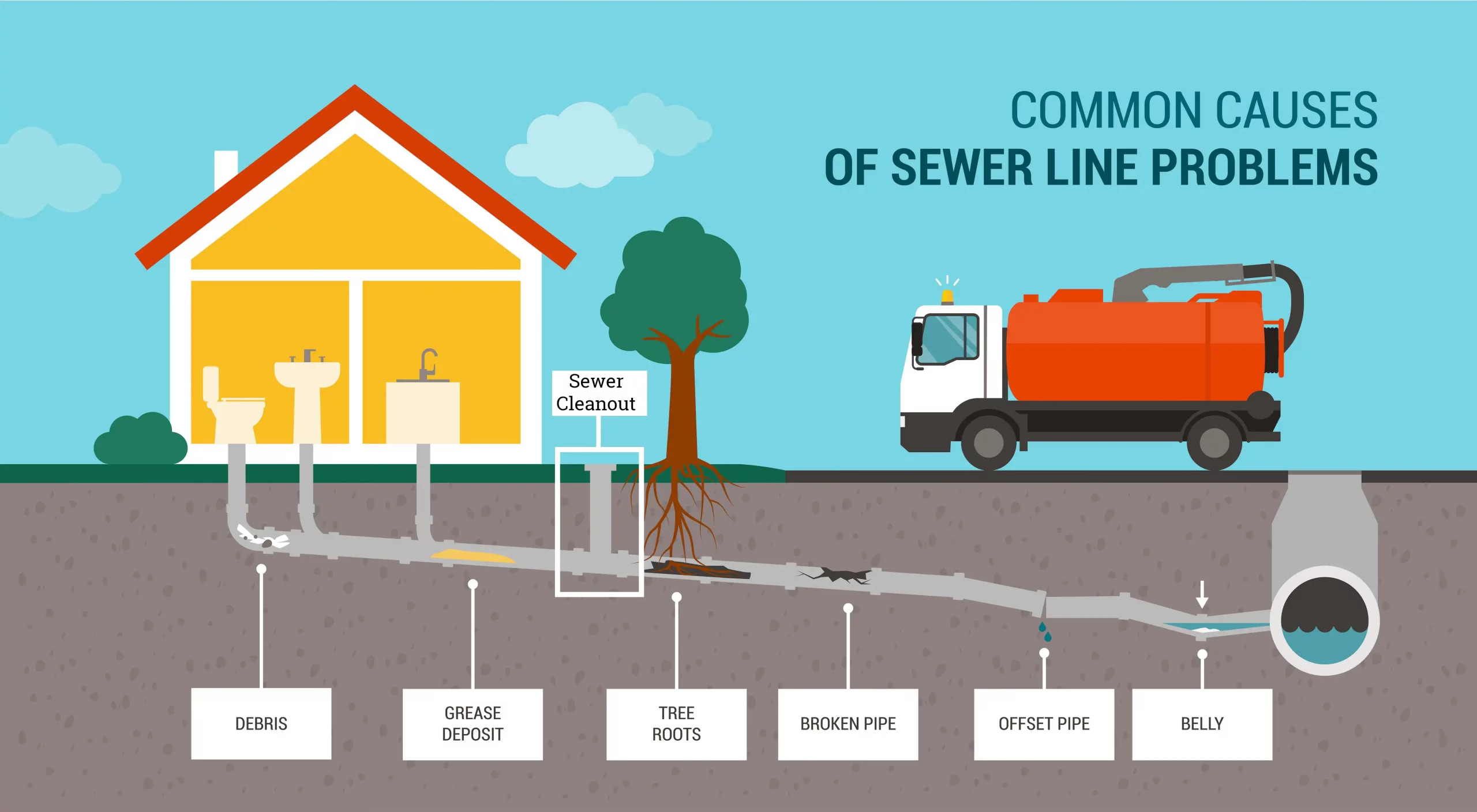
What is a Plumbing Cleanout?
A plumbing cleanout is a device that provides access to a blocked or clogged drain line, allowing for the removal of debris and other foreign objects that may be stuck in the pipe. It is an important tool for maintaining the health of a plumbing system, as it allows for the easy removal of objects that can cause clogs. Cleanouts are also used to clean out drains that have become clogged due to a buildup of grease or soap scum. Cleanouts are designed to be used in both residential and commercial settings, making them a valuable tool in any plumbing system.
Types of Plumbing Cleanouts
Plumbing cleanouts are an important part of any plumbing system. They are used to provide easy access to pipes and drains for cleaning, inspection, and repair. There are several different types of cleanouts that can be used in different areas of the home. The most common are floor cleanouts, which are often used in bathrooms or kitchens to allow access to sinks and drains. Wall cleanouts are also common and are installed in the exterior walls of the home to provide access to sewer and drain lines. Roof cleanouts are designed to allow access to the roof drain, while interior cleanouts are installed in walls and offer access to drain lines or pipes. With the right plumbing cleanouts, you can ensure that your plumbing system is working properly and remains in good condition.
Reasons for Installing a Plumbing Cleanout
Installing a plumbing cleanout is an important step to ensure that your plumbing system works properly and efficiently. A plumbing cleanout is a point of access to your plumbing system that allows for inspection, maintenance, and repair of the system. It is also the point of access for clearing out any debris or clogs that may be blocking the pipes. By having a plumbing cleanout in place, you can help to prevent major plumbing problems like drain backups and flooding. Additionally, it is often easier and more cost-effective to repair a plumbing system if a cleanout is already in place. Installing a plumbing cleanout can help to save you time, money, and stress in the long run.
Benefits of a Plumbing Cleanout
A plumbing cleanout offers an array of benefits for homeowners. By regularly scheduling cleaning and maintenance of your plumbing system, you can save money in the long run. Cleaning out your plumbing system removes any buildup of debris or sediment that can cause clogs, which can lead to costly repairs. Cleanouts also help to keep your home safe from bacteria and germs that can grow in stagnant water. Additionally, regular cleanouts can extend the life of your plumbing system, reducing the need for expensive replacements. Ultimately, a plumbing cleanout is a great way to save money and ensure your home and plumbing system remain in top condition.
How to Install a Plumbing Cleanout
Installing a plumbing cleanout is an important part of maintaining your home’s plumbing system. It helps to prevent backups and build-ups of debris from clogging your pipes. A plumbing cleanout can easily be installed by a professional plumber, but if you’re looking for a DIY project, it can also be done with the right tools and supplies. To install a plumbing cleanout, you’ll need a shovel, a wrench, a cleanout plug, and some Teflon tape. First, dig up the dirt around the spot where the cleanout needs to be installed. Next, attach the cleanout plug to the pipe using the wrench. Finally, use the Teflon tape to ensure a tight seal. With just a little bit of effort, you can have a plumbing cleanout installed in no time!
Common Issues with Plumbing Cleanouts
Plumbing cleanouts are essential components of any home’s plumbing system, but they are prone to a variety of common issues. These can include clogging, corrosion, backflow, and improper installation. Clogging can occur when debris, hair, and other materials build up and block the pipes, leading to backups and overflows. Corrosion of the pipes can lead to leaks and blockages. Backflow can occur when the water pressure is not equalized, leading to water travelling the wrong direction. Improper installation can lead to a variety of problems, including issues with the pipes not being properly sealed, which can lead to leaks and water damage. By understanding these common issues, you can take steps to ensure your plumbing cleanouts are functioning properly and avoid costly repairs.
FAQs About the What Is A Plumbing Cleanout?
1. What is the purpose of a plumbing cleanout?
A plumbing cleanout is an access point in a plumbing system that allows plumbers to clear blockages and perform maintenance on a drainage system.
2. How often should I clean out my plumbing cleanout?
It is recommended to have your plumbing cleanout inspected and serviced annually to ensure it is functioning properly.
3. How can I tell if I have a plumbing cleanout?
A plumbing cleanout is usually located near the main drain pipe, outside the house or near the water heater. It will typically be a white, capped pipe with a plug or threaded cap.
Conclusion
A plumbing cleanout is a great way to help keep your plumbing system running smoothly. It allows you to easily access your drain lines and clear out any clogged drains or debris. It is important to remember to regularly clean out your cleanouts to ensure your pipes are working properly. Cleanouts are easy to install and are an essential part of any plumbing system.

